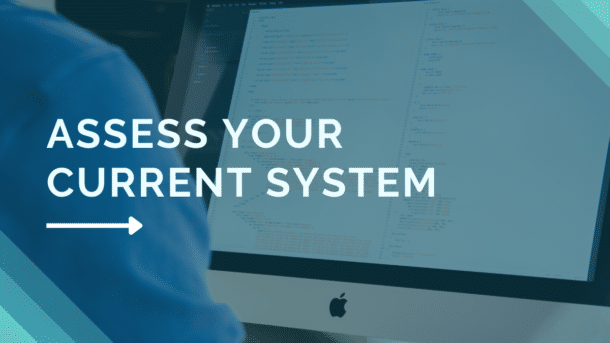Encourage Stakeholder and End-User Engagement
Stakeholder and end-user engagement is critical for building a successful software application and attaining the benefits of a low-code platform. More specifically, stakeholders and end-users need to be heavily involved in the implementation process from start to finish in order to achieve an aligned definition of success.
Generally, experienced software consulting firms will work closely with your team to gather requirements in order to create design diagrams, understand system specifications, and start mapping your priorities. However, your team’s input should not end during the requirements gathering phase. If the development team is working within an agile framework, the expectation is that the customer’s input, feedback, and priorities will continue to drive the project’s deliverables. There are many ways in which customers can achieve this. Listed below are some of the meetings the VPS team most often conducts to facilitate customer interaction.
Story Grooming:
This meeting can be set up on a weekly basis (or any other mutually agreed upon frequency) between the Product Owner, a customer stakeholder, and the delivery team to provide clarification on requirements for user stories. Typical story grooming meetings run for about 1 – 1.5 hours and cover the following topics:
-
- Product roadmap alignment
- Backlog grooming and prioritization
- Prioritize the next set of user stories for development
- Solicit input on user stories to allow the developer to define required acceptance criteria
- Review any prototypes for design decisions
- Review remaining items in product backlog for accuracy
- Specification clarifications/finalizing acceptance criteria (Additional sessions may be needed)
VPS consultants take ownership of the acceptance criteria through creating them for customer review, developing features based on them, and testing them to confirm the system works as planned. However, a customer’s input is important to confirm the accuracy of acceptance criteria to begin with. This ensures action isn’t taken in a misinformed direction by the development team.
Sprint Demos:
At the end of every sprint, the delivery team will provide a demo of the functionality developed during the sprint. End-users and other business stakeholders will be expected to attend these meetings and provide feedback that will be used to make any necessary adjustments to the functionality developed.
User Acceptance Testing (UAT):
A process by which development increments are tested by end-users before closing out a piece of development work. UAT catches issues in usability and general fitness for use. A feature can be built according to specification and still not be what the customer really needs. UAT ensures that users get the final say in what’s fit for release.
Depending on the size and scope of the project, a customer can scale up or down the frequency of these meetings or include more unmentioned ones. At Vision Point Systems, we’ve worked with a variety of customers that have used these agile meetings, and additional ones. If you’d like to learn more about agile meetings, and how your application’s development might benefit from an agile framework and our project management methodology, schedule a consultation with one of our team members using the link below.

